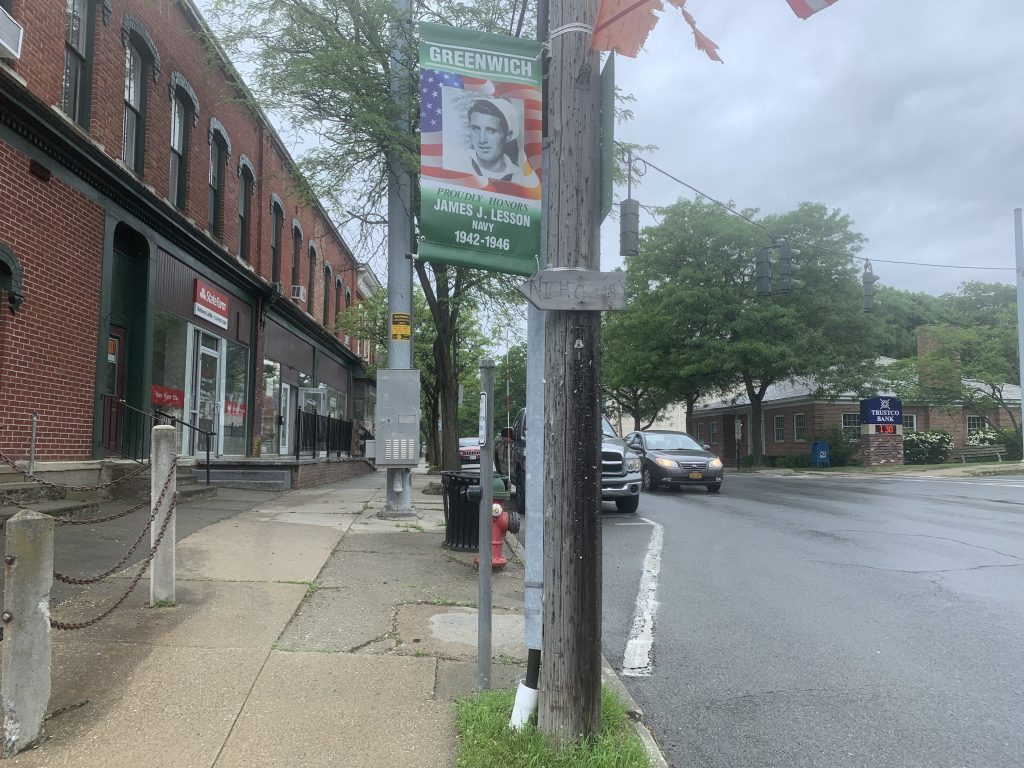By David Podos
Campus News
In the volume 12 issue 2 of Campus News, Jaelynn Grisso’s article, “Student loan debt weighs more on dropouts,” brings to light a very important and growing problem, student debt. Ms. Grisso‘s focus on the debt problem for those who never graduate is spot on. Those students (as mentioned in her article) are four times as likely to default on college loans because of low income jobs and overall higher unemployment rates compared to those who finish their degree. Because this is such a huge problem (college loan debt has surpassed credit card debt in this country), I would like to expand on what she had to say.
From the Hechinger Report, June 8, 2015, and titled, “Heaviest Debt Burdens Fall On Three Types of Students,” Sandy Baum states, “It’s really important to understand exactly which are the people who are borrowing unmanageable amounts of money.” She identifies three categories of student debtors who deserve attention.
Graduate Students. “The reason that the “average” student debt is so high, almost $23,000, is because the figure includes the loans of graduate students, who are permitted to borrow unlimited amounts from the federal government up to the cost of attendance. Sixty-five percent of 2012 graduates who borrowed $ 50,000 or more were graduate students.” Keep in min,d Baum states this is an average. I happen to know personally of faculty who are over $100,000 in student loan debt, and students (undergrads) who will be close to $50,000 in debt.
For–profit colleges. “At first glance, there’s been an alarming increase in the number of four-year college graduates with very large debt. Back in 2004, only 1% of students who earned a bachelor’s degree that year had borrowed $50,000 or more, adjusted for inflation. That grew to 10% in 2012.”
Dropouts. Baum states, “People who didn’t complete their degrees account for 59 % of the student debt. Baum further goes on to say, “Those without college degrees are less likely to pay back their student loan.” (also noted in Grisso’ s article.) Baum mentions that on average the debts for these dropouts are between $1 and $10,000. While this figure certainly is nowhere near the crushing debt of a student who may owe in the tens or hundreds of thousands of dollars, never the less this is real debt and each person’s situation (economically speaking) may or may not make it possible for that debt to be re-paid.
Of course there are other considerations as well. Students coming out of school with debt face many obstacles; however, if they are able to re-pay, it will create a debt history for them — one that will be rewarded with a high credit rating, which lenders (banks) love. Obviously this is something every student should strive for. Having a history of paying your debt and paying on time offers you so much; loans for a house, car loans, personal loans, etc., and at competitive interest rates. That being said it is a very different story for those coming out of school with debt and (for any number of reasons) are unable to pay back that debt and or have sporadic payments, paying on time for a few months then missing entire payments for just as many months.
That burden can be daunting for any young adult that is trying to “make it” in the world. Defaulting on your loans will create havoc for you in the long run. You may not be able to get other loans as easily as the student who has re-paid, your interest rates (providing you are able to get a loan in the first place) will be high, and you may not be able to borrow the amount you need as lending organizations will see you as a financial risk and severely limit the amount of money they will lend you. Then there are the health factors that come into play. Over the years I have talked to hundreds of students facing financial burdens due to college loans. They sleep less, eat poorly, they tell me their stress levels are high, they are depressed and anxious. Student debit is not a pretty thing. Yet, we are told that college is our way to a better standard of living, and truth be told, the statistics (so far) do point that out. Overall, college students do make more than those without a college degree, but (forgive the pun) there is a price to pay.
So what to do? I certainly would not discourage anyone who wants to attend college, nor would I discourage my students from “going on” and complete at minimum their bachelor’s degree, (most professional jobs require at least this level of education today if not a master’s). But, use a little common sense, and give yourself some options. First, do you have to attend a private school? Maybe, but maybe not. While there are many top notch private schools that draw some of the best brilliant minds, both faculty as well as students, there are as equally many top notch public schools that do the same thing.
Check your school out for any and all scholarships that they offer. Both private and public schools have many types of scholarships, and they can significantly lower your tuition cost. Many state and federal government employers offer a college loan forgiveness benefit to their employees after working for them for a number of years, usually ten. The employer will pay off any remaining college loans you have, (up to a certain cap) but it’s a great benefit particularly for those students who have very large loans to pay off.
Finally, don’t think that colleges, both private as well as public, are not aware of the ever increasing debt load that students are facing, and the anxiety that many students are experiencing. These students are their customers, and if they want to see their enrollment rates go north not south, they have to get into the mix and try and find and offer solutions to this growing problem.
A great example is in my own home town in Utica, New York, where we have one of the best private colleges in the country, Utica College. Utica College (started by Syracuse University in 1946 and in 2008 became a totally independent college), announced last month that it would be cutting its tuition costs by 42 percent from just under $34,000 per year to just under $20,000 per year. I applaud this bold move, and look to see if other schools follow suit. I am hopeful that will take place and that our political leaders will work closely will our colleges and universities to come up with realistic viable solutions – we owe it to our current and future generations of students.
 Until recently, David L. Podos was an adjunct instructor for the Center for Social Sciences, Business and Information Sciences at MVCC.
Until recently, David L. Podos was an adjunct instructor for the Center for Social Sciences, Business and Information Sciences at MVCC.







Facebook Comments